Revenue from technology transfer is still limited.
Core technologies are fundamental technologies that can dominate the industrial production chain, creating an ecosystem of products and services with high added value. Mastering core technologies means having the right to design, integrate and manufacture systems, thereby reducing external dependence and enhancing technological autonomy.
In June 2025, the Government issued a list of 11 strategic technologies that need to be prioritized for development by 2030, including: Artificial intelligence, big data, cloud and quantum computing, semiconductor chip technology, robotics and automation, new materials, advanced biomedicine, smart sensors, digital technology , cybersecurity and renewable energy. These are areas that developed countries consider "core areas" and are not easy to transfer.
Therefore, Vietnam can only approach it through its own internal research and innovation capacity; in which, universities, especially in the field of engineering and technology, play a central role. This is where intellectuals gather, possess research infrastructure, and connect with businesses, localities, and markets.
One of the leading units is Hanoi University of Science and Technology. According to Professor Le Anh Tuan, Party Secretary, Chairman of the Council of Hanoi University of Science and Technology, each year the school publishes more than 2,000 scientific articles, along with 20-25 inventions and useful solutions. The school has soon built and successfully operated the BK-Holdings business system with the role of promoting the process of perfecting research products, incubating and bringing products to market.
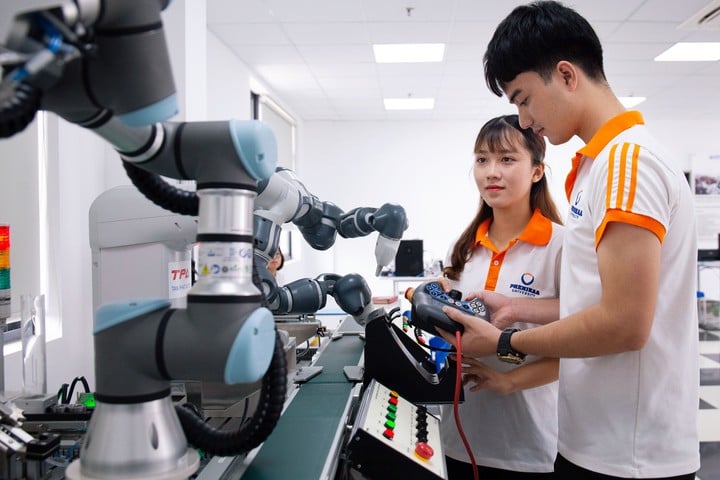
Students of Phenikaa University practice using a robotic arm. Photo collected
However, according to Minister of Science and Technology Nguyen Manh Hung, revenue from technology transfer of Hanoi University of Science and Technology is still limited, accounting for only about 1% of total revenue, much lower than the average of research universities in the world. One of the reasons is that the intellectual property mechanism is unclear, there is a lack of legal corridor for lecturers to contribute capital for patents, as well as there is no benefit sharing regulation attractive enough to retain technology in the school. The lack of professional intermediary units, such as technology transfer offices, causes many projects to "break down" when entering the commercialization stage.
In addition, the lack of interdisciplinary cohesion is also a major bottleneck. Research groups operate in a fragmented manner and lack strategic direction. Some traditional industries such as mechanics, electronics, etc. are slow to adapt compared to new fields such as digital technology or artificial intelligence. This leads to wasted resources and limited competitiveness in core technologies.
Building universities into technology complexes
According to Minister of Science and Technology Nguyen Manh Hung, to become the core of the innovation ecosystem, universities need to drastically change their operating model. From research universities, they must move to innovation universities, where they not only teach and research, but also produce technology and deploy comprehensive solutions for the country.
From this perspective, Minister Nguyen Manh Hung suggested some breakthrough directions to further promote the development of Hanoi University of Science and Technology in the coming time. That is to build a Deep-tech Core Lab, which gathers domestic and foreign scientists to research strategic technologies such as MEMS, new materials, industrial AI, sensors, hydrogen batteries, etc. The center will be open to businesses, startups and localities to use together, creating a platform for sharing knowledge and technology.
Piloting the lecturer-technology entrepreneur model. Accordingly, lecturers are allowed to run spin-off businesses founded by themselves, both teaching and developing products. Evaluation results are not only based on the number of articles but also on the application effectiveness and commercial value of research products.
Establish an internal technology investment fund (Innovation Fund), allowing schools to contribute capital to start-ups with intellectual property. Develop an innovation ecosystem for each field. Each key industry such as energy, biotechnology, transportation, artificial intelligence, etc. will have specialized laboratories, alliance businesses and its own testing policy (sandbox), to increase the rate of commercialization.
Implement a patent university model, where not only lecturers but also students and domestic engineers can seek support in registering, evaluating and commercializing intellectual property. The university will act as a "technology guardian", similar to the models of Stanford University (USA) or Hebrew University (Israel)...
These innovation mechanisms are gradually having a legal basis for implementation. Resolution No. 57-NQ/TU and the Law on Science, Technology and Innovation will be the "support" for universities to boldly reform and issue internal regulations in accordance with new requirements. According to Minister Nguyen Manh Hung, universities are not only places to train engineers but also places to produce technology. If they do not transform strongly, Vietnamese universities will be left behind in the global technology race./.
Source: https://mst.gov.vn/phat-trien-cong-nghe-loi-khong-the-thieu-vai-tro-cua-cac-truong-dai-hoc-197251019184644949.htm



![[Photo] National Assembly Chairman Tran Thanh Man holds talks with Hungarian National Assembly Chairman Kover Laszlo](https://vphoto.vietnam.vn/thumb/1200x675/vietnam/resource/IMAGE/2025/10/20/1760952711347_ndo_br_bnd-1603-jpg.webp)
![[Photo] Prime Minister Pham Minh Chinh meets with Speaker of the Hungarian National Assembly Kover Laszlo](https://vphoto.vietnam.vn/thumb/1200x675/vietnam/resource/IMAGE/2025/10/20/1760970413415_dsc-8111-jpg.webp)
![[Photo] Solemn opening of the 10th Session, 15th National Assembly](https://vphoto.vietnam.vn/thumb/1200x675/vietnam/resource/IMAGE/2025/10/20/1760937111622_ndo_br_1-202-jpg.webp)
![[Photo] Chairman of the Hungarian Parliament visits President Ho Chi Minh's Mausoleum](https://vphoto.vietnam.vn/thumb/1200x675/vietnam/resource/IMAGE/2025/10/20/1760941009023_ndo_br_hungary-jpg.webp)




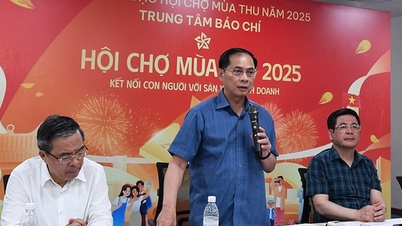
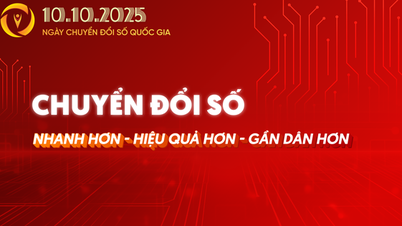
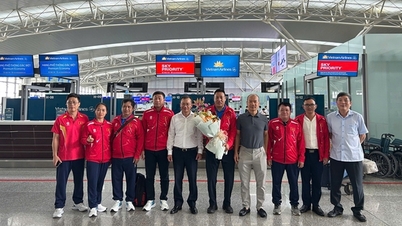
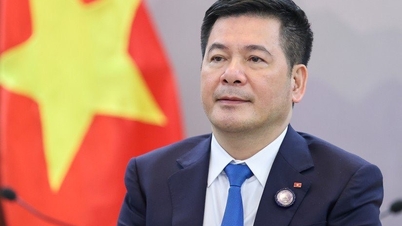





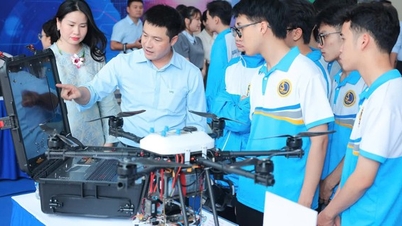
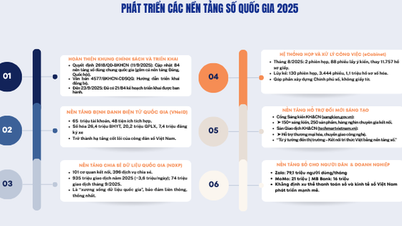
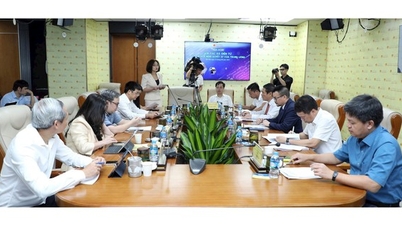
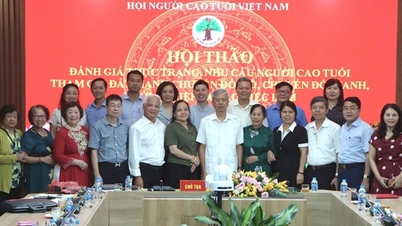


















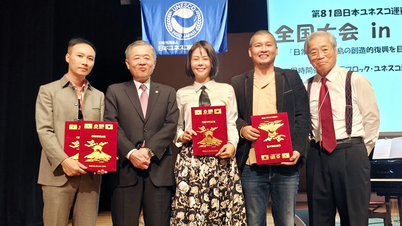








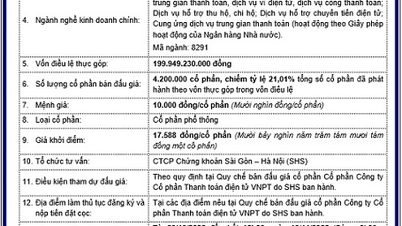
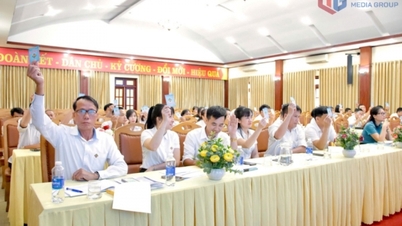



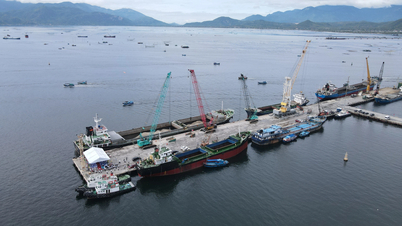
















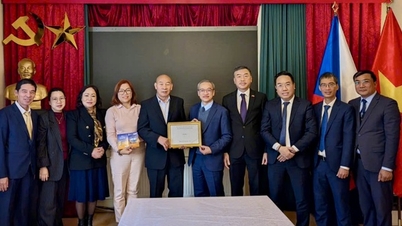









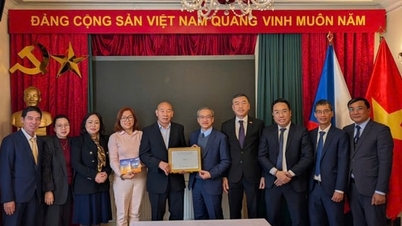















Comment (0)